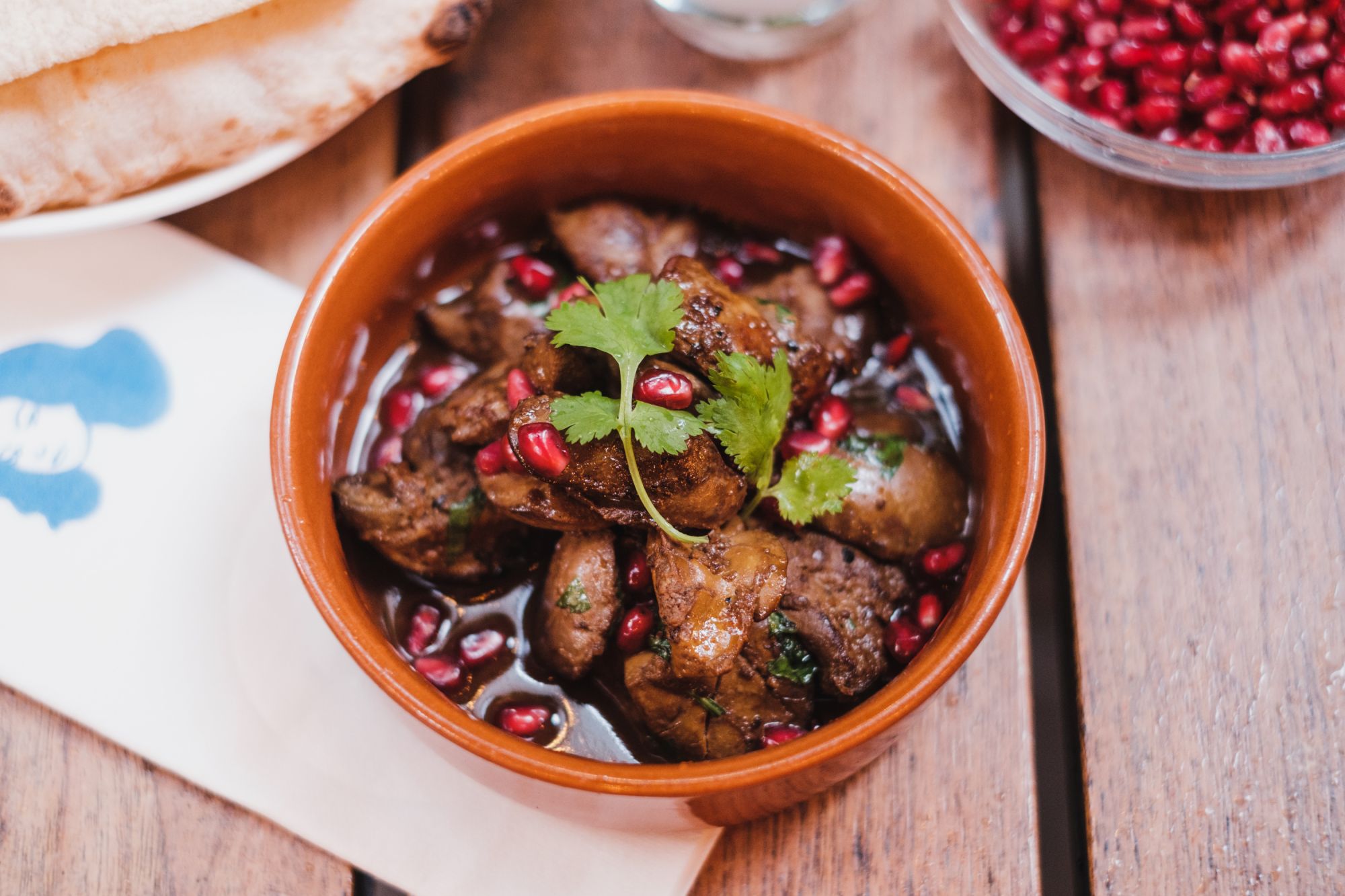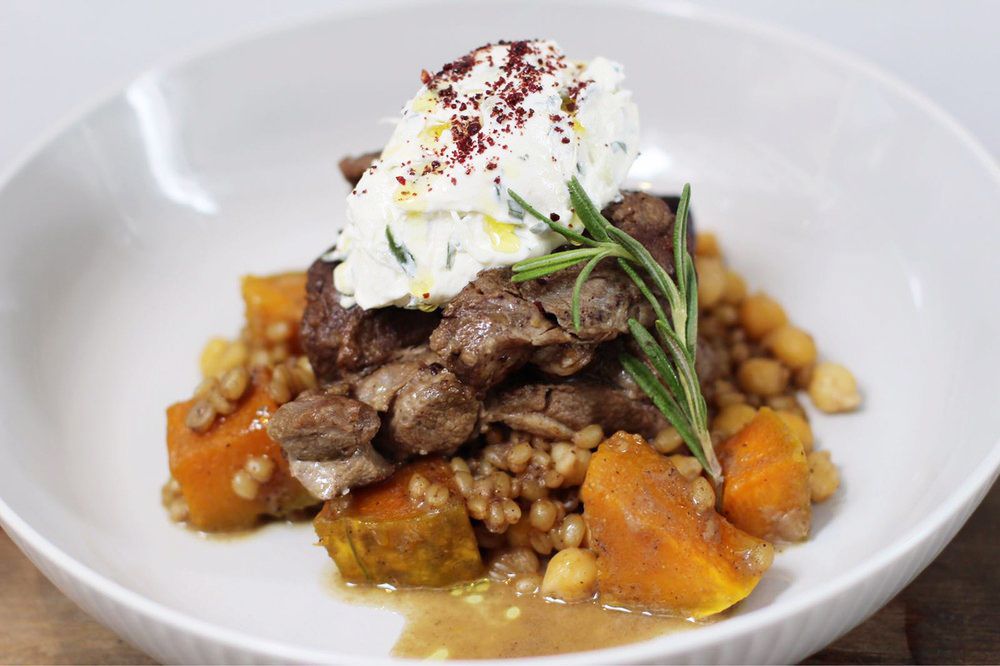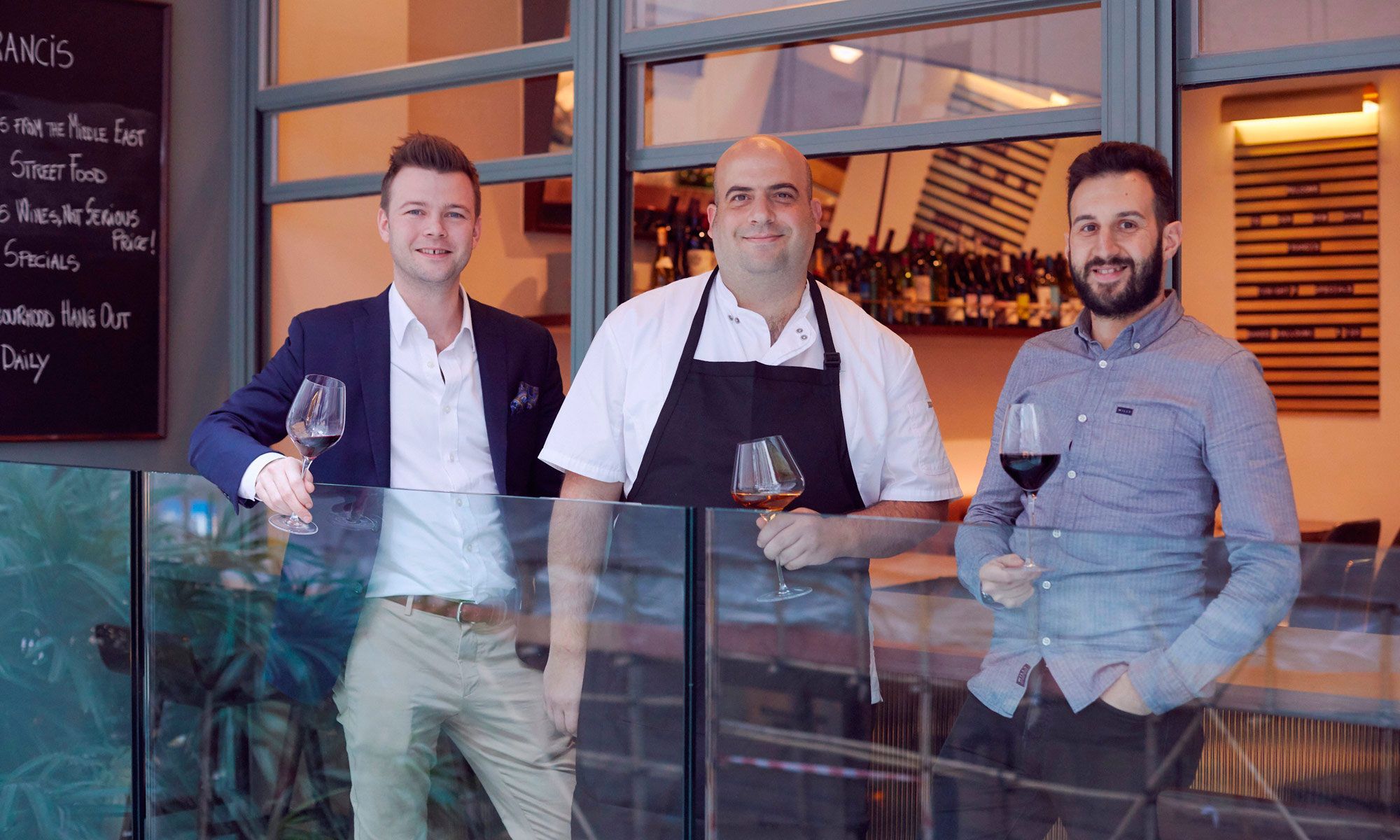1. The Middle East is broad, and its influence broader yet

Diversity is inherent in the Middle East, which encompasses nations as far afield as Bahrain, Cyprus, Egypt, Iran, Iraq, Israel, Jordan, Kuwait, Lebanon, Oman, Palestine, Qatar, Saudi Arabia, Syria, Turkey, the United Arab Emirates and Yemen. Yet over thousands of years, while many of its borders have changed frequently, culinary traditions have often remained rooted. Trade has taken culinary influences with it – to the southern Mediterranean and to Libya, Algeria, Mauritania, Morocco and Tunisia in North Africa, where culinary characteristics of the Middle East can be found, as well as to Armenia, Turkmenistan, Afghanistan and Pakistan. Names may differ but the essence of many a dish spans borders and seas.
2. Spice is life






